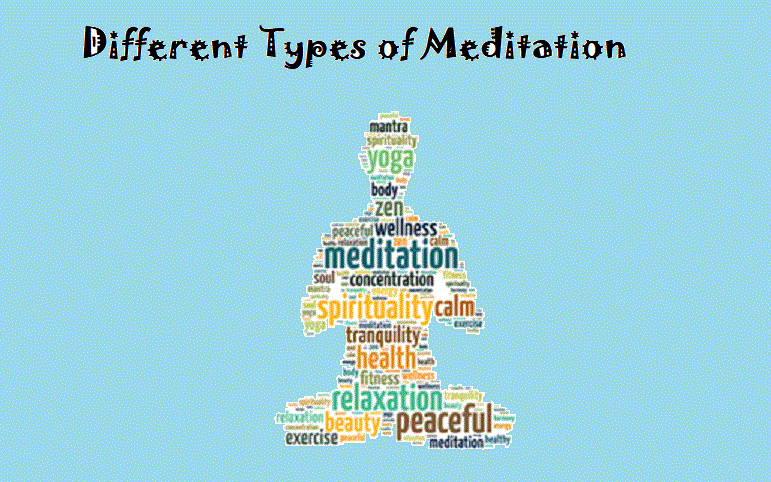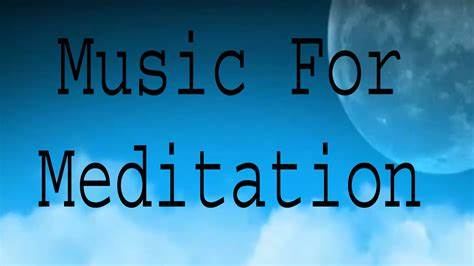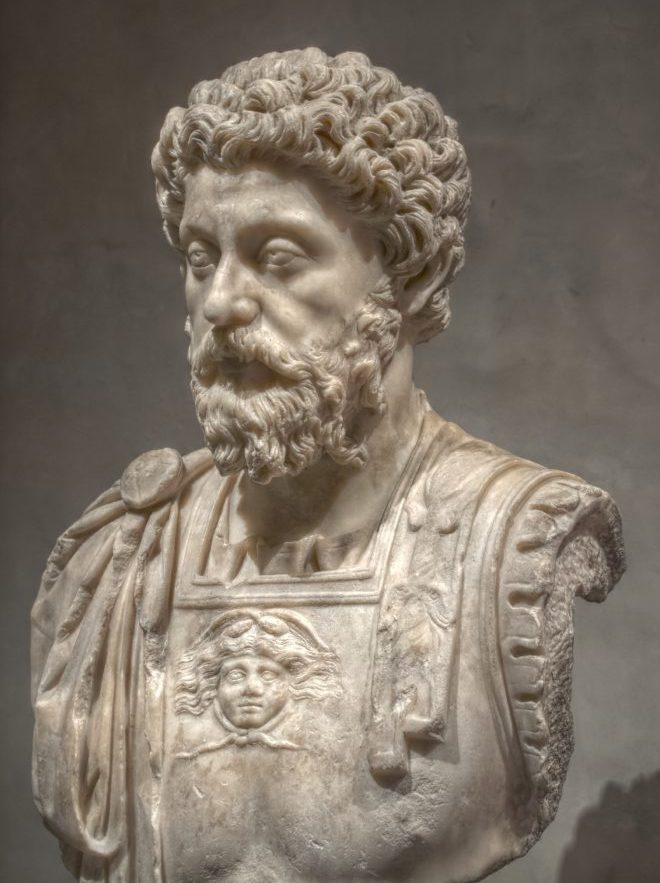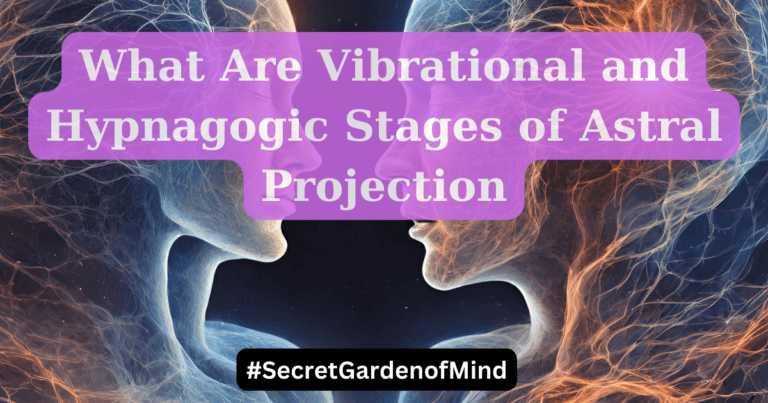What Are the Different Types of Meditation?

Hi Guys, For today’s post an idea I’ve had for a while. Writing a kind of summary of What are the different types of Meditation. From the time of publishing my first post at the start of the year what has become more apparent to me is how many different ways there are to meditate. I was aware of some of the different names sure but the interesting thing for me is the actual variety of different techniques that can be practiced.
For anybody that has stumbled upon this post the truth is that this project Meditation24x7.com has been for me at least a learning process. So the information I am sharing here I wouldn’t say that I am a fully seasoned expert on but 23 posts and counting now. To me personally, I feel this is a good time as any to share this. My summary and breakdown of what are the different types of meditation. Hopefully what will be a full in-depth analysis of what I feel are the main ones.
1.) Mindfullness Meditation

Known as Buddhist Mindfulness Meditation (Vipassana) or Insight Meditation. This is a common form of meditation that involves focusing on your emotions, thoughts, and sensations in the present moment of time. To begin practicing Vipassanā find yourself a calm comfortable quiet place. Set a timer for 5-10 minutes. Close your eyes and begin to take notice of the different parts of your body from your head down to your toes. Feel your breath as it goes out and goes in.
Pay attention to your wandering mind. As you begin yo notice other thoughts refocus again on the feeling of your breath as it enters and exits your body. Be kind and patient to yourself about this happening it is normal for your mind to wander just don’t give up. Refocus on your breathing and let this continue until the timer is up.
For beginners, you may want to set a shorter timer. This is just whilst you get used to this technique. Once you have then you can set a timer to practice for longer. 10 maybe even 15 minutes whatever time you have spare. The longer you do the more enhanced the experience will become, as you fall deeper and deeper into a meditative state.
2.) Transcendental Meditation (TM)

Transcendental Meditation (TM) is a technique that works by silently repeating words or phrases known as Mantras. This technique is practiced usually 2 times a day for 15-20 minutes and is commonly associated with a man known as Maharishi Mahesh Yogi. Although it’s origins are rooted in Ancient Hinduism.
To begin practicing TM it is very much alike the mindfulness technique mentioned above. Firstly you will need to make yourself comfortable in a calm, quiet and peaceful place. Then close your eyes and feel the sensations of your body parts moving and your breathing. Then after in your mind say out your Mantra. This can should be a positive phrase like “I can do this!” or “I am a happy, and healthy person”. Something that makes you feel positive, empowered and good about yourself.
Find a list of 9 Empowering Mantras (Here).for ideas on what you would like to program in your mind.
Or try this list instead for some original Buddhist Mantras (Here)
3.) Seven Chakras Healing Meditation
In Meditation, there are what is known as seven main energy centers which are known as Chakras. The locations of each are as follows;
1.) At the Base of the Skull – Base Chakra.
2.) Forehead / Pineal Gland – Third Eye Chakra
3.) Neck Area – Throat Chakra
4.) Chest Area – Heart Chakra
5.) Intestine Area – Solar Plexus Chakra
6.) Sexual Organs – Sacral Chakra
7.) Feet Area – Root Chakra
To practice, this type of Meditation follows the usual steps. Get comfortable in a calm, quiet and peaceful atmosphere close your eyes and begin breathing exercises. Then bring focus to each Chakra one at a time from top to the bottom. Whilst doing so you can move your hands around each area. Taking a moment to get familiarised with each one.
This is the same technique used by Reiki Healers. Reiki is usually the guided form of this Meditation but if you know how you can practice this an individual. The aim is to focus on each energy center. To clear each channel so that your body’s main Meridian network can work in unison together.
4.) Guided Meditation
Basically, this can be many different types of Meditation but why it is called Guided Meditation as it involves a second person instructing you through during the Meditation session. This can be done by either a teacher, instructor or by listening to an audio recording. Recommended for beginners or those that need the extra bit of discipline or guidance.
Both Mindfulness and Transcendental are popular Meditation practices that are taught through this technique. It can also be taught in groups and often is. Examples of different types include;
- Guided Astral Projection Meditation
- Guided Chakra Balancing Meditation
- Guided Deep Sleep Meditation
- Guided Heart Chakra Meditation
- Guided Body Scan Meditation
- Christian Guided Meditation
5.) Third Eye Opening Meditation
This one right here is the most interesting of all for me.
~~>Read my full article to find out more (here)<~~
This is supposedly a type of meditation where people can unlock latent psychic abilities including telepathy and ESP amongst other things like Clairvoyance. It is a difficult concept to grasp but this type of Meditation is where one pays extra special attention to Opening the Third Eye Chakra. The early benefits of this are said to be increased intuition, wisdom and the ability to learn. Of all the claims about Meditations effects, these are definitely the most out there but my personal view is there has to be something to this all, or there would not be so much written material available.
To practice, third eye opening meditation takes the usual steps to enter into a meditative state. Once done locate your Third Eye Chakra. This can be found about an inch and a half above the bridge of your nose on your forehead. When you can begin to feel this practice opening and closing. This may take many sessions but after a while, you will feel this becomes more intense. It might give you a slight headache at first but you will get used to this with more practice.
6.) Shamanic Journey Meditation
My personal favorite type of Meditation is Journey Meditation. What this involves is mentally picturing a place in your mind during meditation. This is known as visualization and in ways, it is similar to Remote Viewing. To begin practicing journey Meditations sit up straight and get comfortable. Take a few deep cleansing breaths and picture yourself in a calm peaceful place. Somewhere that there are no outside distractions where you feel comfortable. This could be for instance a meadow with nobody there apart from you. A beach by the sea or a forest walkway.
From here take 10 or 15 minutes to appreciate your surroundings. Picture yourself moving along as if you are in a dream but totally in control of your actions. Whilst doing so try to focus on the journey you are taking and where it leads you to. Travel as far as you can through this imaginary place bringing your mind to focus on this mental picture as clearly as possible.
The more practice the more vivid this picture becomes. This is how you can begin training Shamanic Journey Meditation. The place you picture can actually be anywhere. I like to picture the places I am most familiar with just to practice this technique. Sometimes though I quite like to try and vision some of the other countries I have visited. If you can gather a mental picture you can try this with any place. With Remote Viewing, for instance, the viewers in some cases will look at a photograph of somewhere and use this as a gateway to the place they would like to go.
7.) Types of Yoga Meditation
Yoga is maybe by far the most popular Meditation technique used by people in the Western World. It’s known origins date back to Hinduism some 5000 years ago although it is believed by some to be older. The main types of Yoga are as follows;
- Ashtanga yoga: Ashtanga applies six established sequences of postures that rapidly link every movement to breathe.
- Bikram yoga (hot yoga): Takes place in artificially heated rooms at temperatures of nearly 105 degrees and 40 percent humidity. It consists of 26 poses and a sequence of two breathing exercises.
- Hatha yoga: This is a generic term for any type of yoga that teaches physical postures.
- Lyengar yoga: This type focuses on finding the correct alignment in each pose using a range of props, such as blocks, blankets, straps, chairs, and bolsters.
- Jivamukti yoga: Jivamukti means “liberation while living.” Incorporates spiritual teachings and practices that focus on the fast-paced flow between poses rather than the poses themselves. It can be physically intense. Each class has a theme, which is explored through yoga scripture, chanting, meditation, asana, pranayama, and music.
- Kripalu yoga: This type teaches practitioners to know, accept, and learn from the body. A student of Kripalu learns to find their own level of practice by looking inward. The classes usually begin with breathing exercises and gentle stretches.
- Kundalini: A class that typically begins with chanting and ends with singing. In between, it features asana, pranayama, and meditation customized to create a specific outcome.
- Power yoga: Active and athletic type of yoga, based on the traditional ashtanga system.
- Sivananda: This is a system based on a five-point philosophy. This philosophy maintains that proper breathing, relaxation, diet, exercise, and positive thinking work together to form a healthy yogic lifestyle.
- Viniyoga: Viniyoga can adapt to any person, regardless of physical ability. Viniyoga teachers require in-depth training and tend to be experts on anatomy and yoga therapy.
- Yin: This is a quiet, meditative yoga practice, also called Taoist yoga.
- Prenatal yoga: uses postures that practitioners have designed for people who are pregnant. It can support people in getting back into shape after pregnancy as well as supporting health during pregnancy.
- Restorative yoga: This is a relaxing method of yoga. A person spends a restorative yoga class in four or five simple poses, using props like blankets and bolsters to sink into deep relaxation without exerting any effort in holding the pose.
Conclusion
Above are just some practices for Meditation and by no means does this include every type there is. One type I’ve begun using I have dubbed Stoic Meditation after a quote by Marcus Aurelius. This I’m sure has another name but anyway I’ve been doing this at the end of the day before bed. Where I try to recollect everything that I’ve experienced. There is another for the morning as well which I mention in my previous post about Stoic Meditation.
Other than this the type I mentioned above with seven Chakras. Each one has it’s own type of Meditation. There are many more types other than this as well but for the purpose of this article these are just what I feel are the more well-known ones.
If there is anything that anyone feels should have been included please comment below. If you have enjoyed reading this and found this article helpful article please if you could do the same. Any questions you have will be glad to hear from you – again please use the comments section, and if anybody wants to like or share please this would be awesome.
Best Wishes
May the Peace Be with You always x
Alex









Hi Alex,
One of my 2020 new year’s resolution is to meditate daily. I keep hearing from successful people about the importance of meditation. However, I often give up. I am from India and you might be aware that Meditation and Yoga is very famous here.
Thanks a lot for the informative and insightful article. I tried Vipassanā first. When I tried it immediately (by stop reading your article) as you mentioned I got some distractions and also a slight headache. But I continued it and felt great. I am determined to do it daily.
I am bookmarking your article for future reference and you have given great value in this article. I appreciate it!
Hi Paul, Great to hear I will be creating a subscription for new posts soon will be great if you can join.
Meditation I think is something that we have all heard about but there are not so many who practice it or have practiced it, the topic seems very interesting to me and more so if it is someone like me who until I did not read this article did not know all kinds of meditation that existed and it is a great variety, I would like to know more and it would definitely be good to practice it more in these days of so much stress.
Hi Hector, Yes it is good to practice and actually studies have shown that meditation relieves stress. Neuro scans actually show the side of the brain which releases the stress hormone cortisol has increased electrical activity after meditation so it is definitely a must for people to try out at least.
This is really an insightful post and i am sure that this article will be of great help to so many people just as it has really being of great help to me. This is a great article on different types of meditation. i learnt about budhist meditation recently and i think the benefits were numerous and it is helpful.
Thank you Benny. Much appreciated.
The first i want to do is try to share this great article with some of my friends. The website is really nice. and i have learnt something tangible from this well detailed article on the different types of meditation. it is funny but the seven chakras healing meditation is something i learnt from a manga episode. i did not believe it at first until i saw it now
Hi Smoochi, Please share this would be awesome.